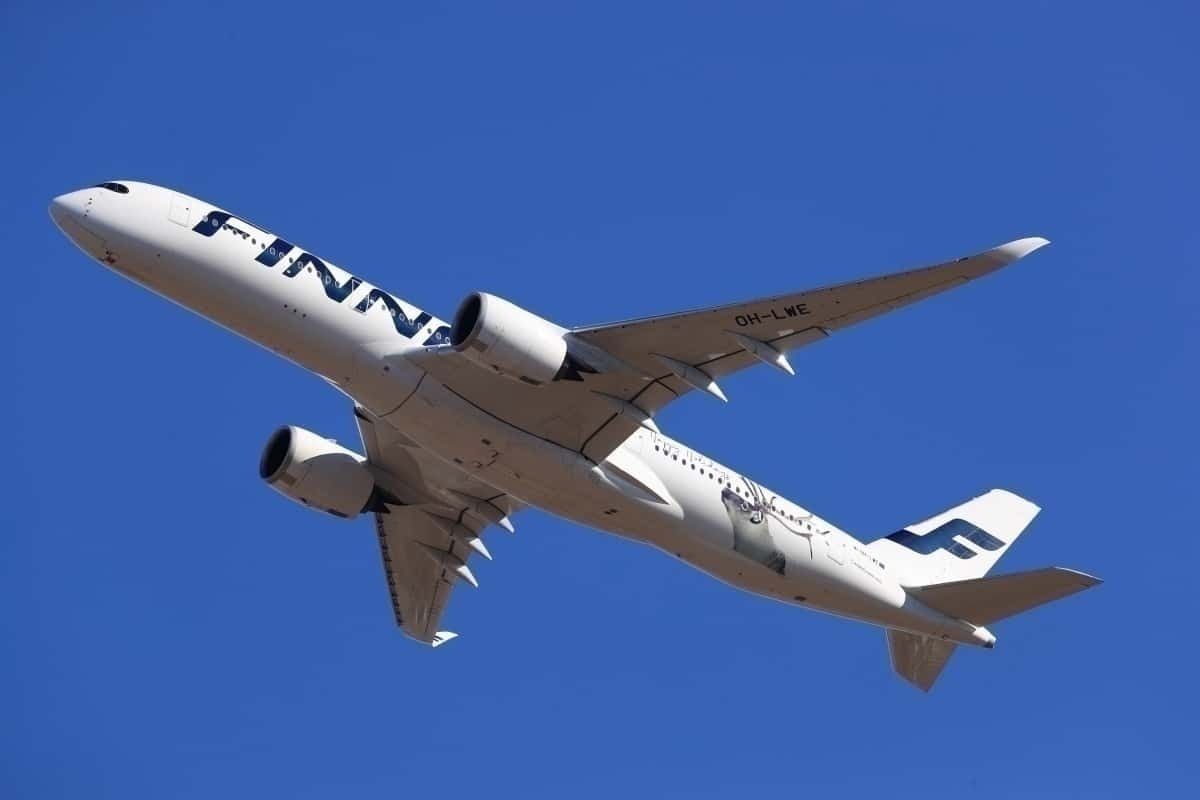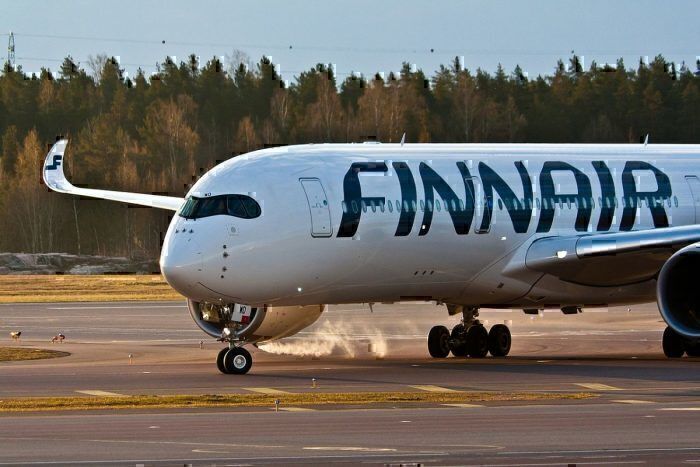Finnair Cargo flew one of its Airbus A350s to Seoul to deliver medical supplies which will be used in the fight against coronavirus. Finnair suspended its daily flights to Seoul on 9 March, and will not resume its normal services on the route until at least 16 April.Yesterday, the cargo arm of Finland’s flag carrier operated a flight between Helsinki and Seoul. One of Finnair’s Airbus A350s made the 7.5-hour journey from Europe, across Asia, to the Korean peninsula. But, considering the fact that Finnair has not operated its passenger flights to the South Korean capital since 9 March, why did yesterday’s flight go ahead?
Flight AY41
According to a post published on Finnair Cargo’s Twitter account yesterday, it looks like Flight AY41 was operated as part of the ongoing battle against the coronavirus pandemic. Specifically, Finnair Cargo said that the flight was en route to Seoul with a “variety of temperature sensitive goods.â€
After taking off from Helsinki at 23:11 UTC, Flight AY41 reached Seoul at 08:15 local time this morning. The 7,050 km journey took 7 hours 33 minutes in total. At the time of writing the aircraft is still in Seoul.
Finland’s state-of-the-art cargo hub
The Finnair Airbus A350 which made the journey from Helsinki to Seoul was loaded with its cargo at the COOL Nordic Cargo Hub. This facility is owned and run by Finnair Cargo, but it’s not just any cargo hub. The facility was opened in 2017 and, according to Finnair, it is the world’s newest air cargo terminal.
What sets the COOL Nordic Cargo Hub apart from most standard cargo hubs is the way it makes use of state-of-the-art technology throughout. Many aspects of its operation are fully automated, making use of digital systems and robotics to make the cargo tracking and loading process much more efficient and accurate.
One of the specialities of the COOL Nordic Cargo Hub is temperature-sensitive cargo, such as pharmaceutical supplies and perishables, which have to be kept in specific conditions. For these items, the COOL Nordic Cargo Hub has special temperature-controlled storage areas. Because the terminal is also set up specifically for widebody aircraft, these temperature-sensitive cargo items can be removed from their storage locations in the facility just 30 minutes before flight departure.
According to Finnair, each item of temperature-sensitive cargo is tracked by a team of experts throughout its journey from warehouse, to aircraft and on to trucks.
Not just a high-tech cargo terminal
While the COOL Nordic Cargo Terminal is packed full of technology to help speed along the logistical processes, it also has outstanding green credentials too. The facility was designed to be as energy efficient as possible, making use of some 1,200 solar panels which provide around 10% of the terminal's electricity.
According to Finnair Cargo marketing and sustainability manager, Milla Nyholm, “COOL supports the Group’s overall environmental goals, and so too does the acquisition of modern Airbus A350s to the fleet.â€
Finnair has invested a lot of money in Helsinki terminal as it believes it is in a great position to act as an air cargo bridge between Asia and Europe. Finnair should also be set to receive a €600m government loan to help it through the uncertainty of the coronavirus pandemic.


